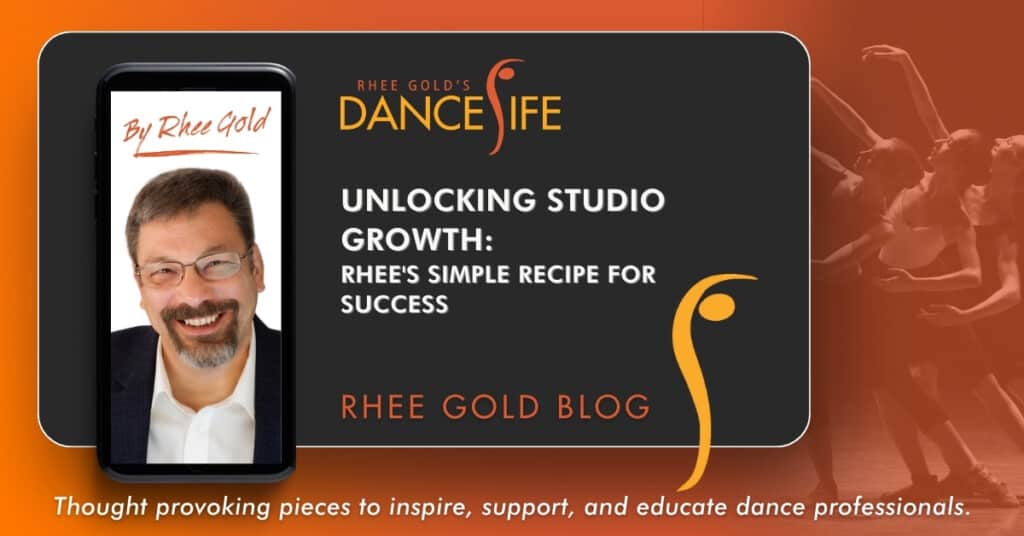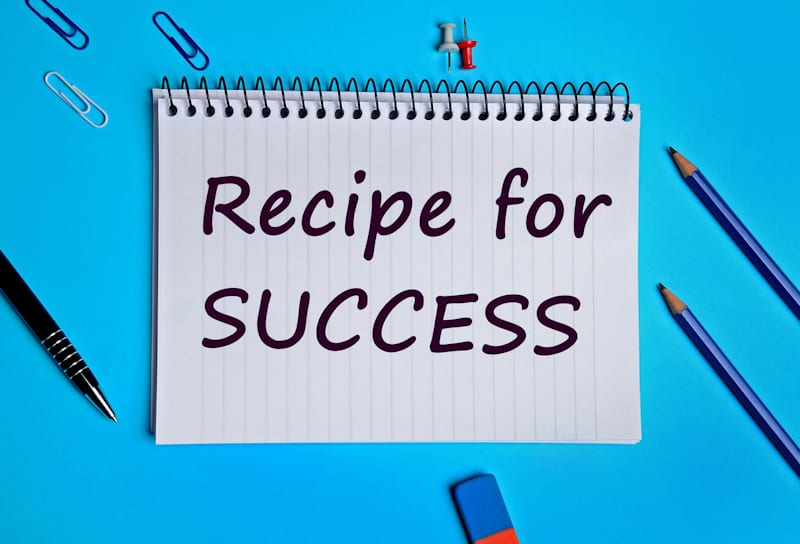Unlocking Studio Growth: Rhee’s Simple Recipe for Success

In my role as a coach for studio owners, I often encounter a narrative that echoes across studio ownership. While the names and places may change, the core challenge remains the same: how to achieve growth and balance within a dance studio. For the sake of this story, let's talk about "Jenny" (not her real name), but her story is all too familiar in my coaching experiences.
Jenny's studio, like many others, hit a plateau. Despite her best efforts, enrollment seemed stuck around the 90-100 dancer mark, and expansion seemed like a distant dream. The issue? A skewed focus towards intensive, competitive dancers, leaving the preschool and recreational groups in the shadows.
Successful studios in the U.S. often share a balanced enrollment formula: about 20% preschoolers, 60% recreational dancers, and 20% intensive competitors. Jenny's studio, however, was heavily weighted towards the competitive end, with ratios sometimes reaching 80%.
The financial disparity became glaringly apparent when examining class fees. Competitive dancers at Jenny's studio paid about $8.00 per class, while the preschool and recreational groups paid over $16. Yet, the competitive program ran every day, leaving the studio's prime times unavailable for preschool or recreational kids. To make matters more interesting, the teachers who taught the non-competitive classes were often out to attend competitions, leaving the non-competitive dancers with substitute teachers. Parents had a hard time understanding why their kids were treated as second-class citizens.
A review of the studio's online presence reinforced this imbalance. The spotlight on competitive achievements was on the homepage of the website, and it was difficult to find information on any programs that are not competition-related. Then, viewing social media, again, it was all about the school's awards. Finding anything related to the recreational and preschool programs was scarce. This misalignment begged the question: Were Jenny and her team effectively promoting the core programs meant to be their growth engine?
At the heart of this dilemma was more than a marketing misstep. It reflected a deeper narrative, one shaped by Jenny's own experiences as a competitive dancer. The pursuit of replicating personal victories through her students overshadowed the broader mission of her studio.
However, the true measure of success in studio ownership stretches beyond competition wins. It's about igniting a passion for dance in the youngest dancers, making it an integral part of their lives, and fostering a community where every child's contribution is celebrated.
Closing Insight:
Jenny's journey, and that of many studio owners, underscores a pivotal lesson: our mission transcends crafting competition winners. It's about cultivating a love for dance at every level, ensuring each student feels valued and inspired. By embracing a balanced approach and championing all facets of our studios, we unlock the door to meaningful growth and satisfaction. Let's seize this opportunity to celebrate and elevate every dancer who walks through our doors, ensuring our studios become nurturing grounds for the next generation of dancers, regardless of where their talents take them.
Rhee Gold, a veteran in the field of dance education, has dedicated over five decades to this art form. As the child of a dance teacher and studio owner, his passion for dance ignited early. Over the years, he has contributed significantly to the dance community through his roles as an author, speaker, and entrepreneur. Notable accomplishments include publishing Dance Studio Life magazine and writing influential columns. Rhee Gold's experience and insights have made him a trusted figure for dance teachers, studio owners, and enthusiasts worldwide, emphasizing the profound impact of dance education.







